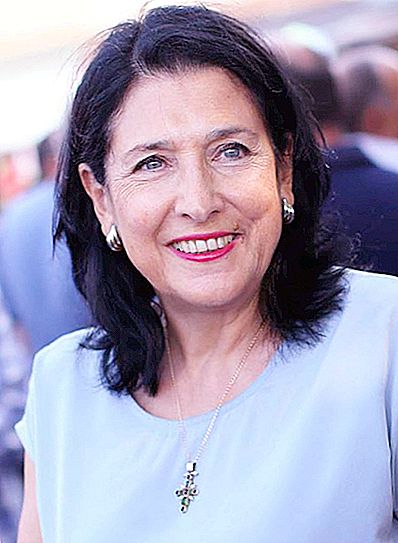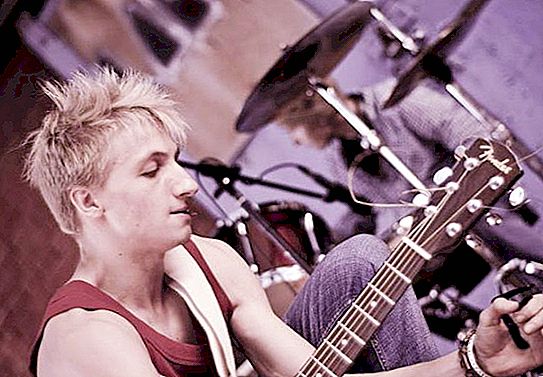The idea to erect a monument to Ivan Fedorov was born in 1870. The initiative came from the Moscow Archaeological Society. In the same year, an all-Russian subscription was announced, the funds from which were supposed to be directed to the development and installation of the monument. 39 years later, in 1909, the grand opening of the monument took place.
Historical information
The first print publication that appeared in Russia is dated March 1, 1564, but this work began long before the book was released - April 19, 1563. The name of the person who has devoted printing to many years of his life is Ivan Fedorovich Moskovitin. To his descendants, he is known as the first printer Ivan Fedorov.
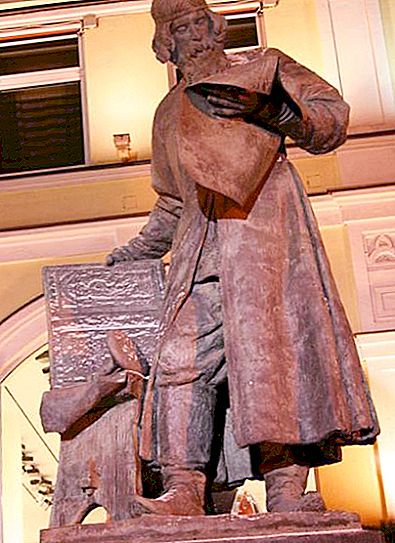
Biography Fedorov is not fully understood. In particular, there is no reliable information about his appearance, details of his private life. However, it is known that by the time Ivan Fedorov was engaged in printing, he had a spiritual rank - he served as a deacon in one of the churches of the Moscow Kremlin and was among the close associates of Metropolitan Makarii.
Prior to these events, he graduated from the University of Cracow and was awarded the title of Bachelor. In those days, such an education was considered very prestigious. It is believed that it was during his student years that Ivan Fedorov got acquainted with the technology of printing, which was invented by Johann Guttenberg.
Description of the sculpture
The monument to Ivan Fedorov is set on a low pedestal, where the release date of the first printed book is indicated. The sign "I.F." That is how the master celebrated all his work. The back of the pedestal contains an inscription taken from the afterword to the first book printed on the loom.
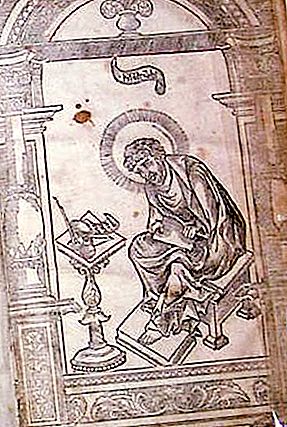
The sculpture depicts a figure of a man in the clothes of a master. Given the fact that there is no information about the appearance of Ivan Fedorov, it can be assumed that the creators of the monument presented in their work a generalized image of a Russian person.
In his right hand, the master holds a sheet with a printed imprint. With his left hand he holds a board - an element of a printing press.
The authors of the sculptural composition
The story telling about how the monument to Ivan Fedorov appeared in Moscow is interpreted differently by different art critics. Some of them claim that in 1901 a competition was announced to create a sculptural composition, as a result of which the winners were architect Volnukhin and sculptor Mashkov. The jury members liked their plan so much that other candidates did not have any chances to win.
According to contemporaries, there were a lot of artists who wanted to participate in the competition, where it was necessary to create a monument to Ivan Fedorov. Not only compatriots of the great enlightener, but also talented artists from many European countries presented their commission projects.
Choosing a place to install a monument in Moscow
The place where the monument to Ivan Fedorov stands is not historical. Initially, it was located near Nikolskaya Street. It was there that the first Printing Yard was located. Printing House Printing House was headed by Ivan Fedorov.
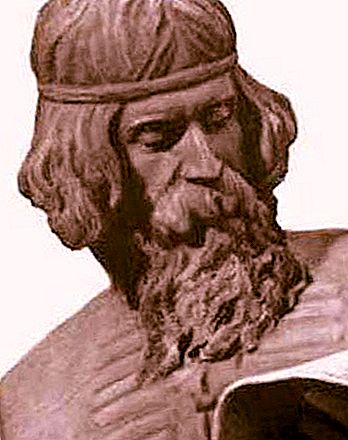
It was here that the first copy of the Apostle was published. This event dates back to 1563-1564. Historically, it was on Nikolskaya Street that there were always many bookstores and second-hand bookstores. Often the street was called the "book".
In the XX century, the monument to Ivan Fedorov in Moscow moved from place to place several times. Such decisions were made by the government in connection with political changes in the life of the country or were associated with the ongoing construction in this part of the city.
The public of the capital comes up with proposals stating that the monument to Ivan Fedorov should take its rightful place related to the history of printing in Russia. The same proposal is supported by historians, clergy and all those who cherish the history of Russia.
The story of the monument to Ivan Fedorov and his associates during their stay in Moscow can be heard from any guide conducting tours of these memorable places.
Typography in Ukraine and Lithuania
The events of those distant years, when Ivan Fedorov lived, unfolded so that he, with his closest assistant Peter Mstislavets, was forced to leave Moscow. This was preceded by the arson of the printing house, which was destroyed by fire, and the fierce persecution of the printing masters by scribes.
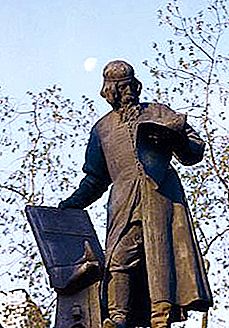
First, Ivan Fedorov went to Lithuania, where he also took up the business of his life. The books that were printed here had not only a religious orientation, but also an educational one. One of these books was a manual for literacy.
Later, Ivan Fedorov moved to Ukrainian lands. Here he opened his own printing house and laid the foundation for book printing in Ukraine. It was in this printing house that the second edition of the Apostle was published.
December 5, 1583, Ivan Fedorov died and was buried in Lviv in the famous St. Onufrievsky monastery.
The fate of this illustrious person was not only glory and honors. He had to experience persecution, hatred of people, poverty, betrayal. But all the trials were overcome thanks to a firm belief in the rightness of their cause.
The legacy of Ivan Fedorov
Currently, twelve editions are known, printed directly by Ivan Fedorov. All of them are the most valuable monuments of print art and are the property of those states in whose territory they are stored.
Museum visitors can see the fonts cast by the masters of the first printing houses. They are clearly read now. Capital letters, splash screens, book page endings are distinguished by subtlety of work and extraordinary grace of the picture.
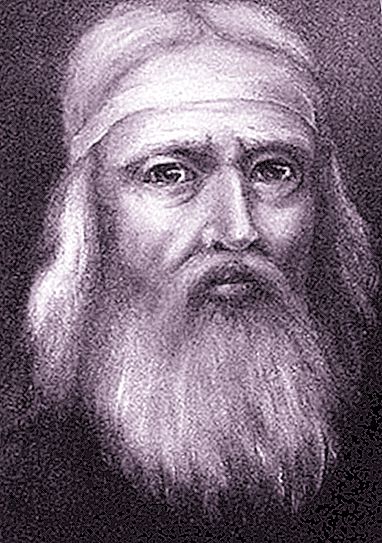
The main distinguishing feature of all books printed by Ivan Fedorov is the presence of the publisher’s foreword and afterword. The language of these appeals is simple and understandable to every person. It only says that Ivan Fedorov foresaw the future of mankind behind a printed book. He never doubted that his messages would be read by new generations.

